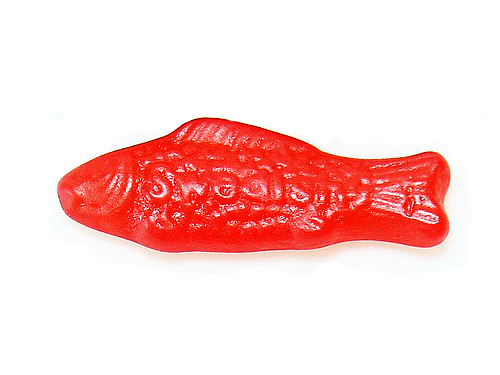Design at Cornish College of the Arts is launching its first apparel class this semester. We're starting to build toward an Apparel track, adding classes and studios semester by semester until we reach a concentration level in 2017. We'll need important approvals along the way, but here we are, taking our first toddling step toward designing a completely new kind of apparel education in the Northwest.
We'll be making things. But we'll also be looking closely at the wearable things people make to put on their bodies, and exploring why we put those things there. The classes will have a sociological, social change focus, exploring wearable design’s functions as protection, attraction, ornament and signifier of cultural status. Cornish Design is not about stoking the commodification machine, we are not interested in teaching people that a size 0 is better than a size 22, and we are not about newness for the sake of “selling schmatas.” Our goal is to fill the empty niche for an apparel education concentrated on the needs of the performance sportswear industry here in Seattle. We will stress designing for real bodies doing real things.
Apparel is not fashion, though fashion is apparel. What will be going on in room 411 will include aspects of the global history of what we wear as well as the craft of “soft architecture.” Students will learn to draw designs and to make samples, but ours is not a garment construction/sewing focus. We WELCOME cross-concentration/disciplinary projects— one planned pathway is tech interface apparel--so if you have ideas please bring them up!
This semester we’re starting off with one big practicum. That class will consist of three separate modules, and each five-week module will host an intensive workshop by an outside expert or hack-a-thon/wearable tech charette. We want to see where student interest lies, and work to satisfy those interests as well as push a few boundaries. If the people in the class want to make shoes instead of Arduino-activated apparel, we will make shoes. And vice-versa.
East African women wearing the traditional kanga, a fabric wrap that often has thoughts or sentiments printed on the fabric. Wearing kangas with printed thoughts allows women to subvert cultural dicta preventing them from speaking frankly. Thank you, Ziddi Msangi, for your amazing work on the topic.
Right now 411 is a classroom, not an open lab. It will be available to students (who have been checked-out on the equipment) during class periods. That’s because the equipment is expensive and delicate. I’m hoping we will be able to get a lab supervisor in coming months and will open the studio as a lab to all checked-out-on-equipment students. But right now it will be functioning as a classroom.
If we can teach the basics of creating for the body in motion, if we can teach the societal effects of clothing, and if we can support students in their goals to make everything from t-shirts to tech interface, I’m betting apparel will add a great deal to the department, the college and the Seattle garment industry.

